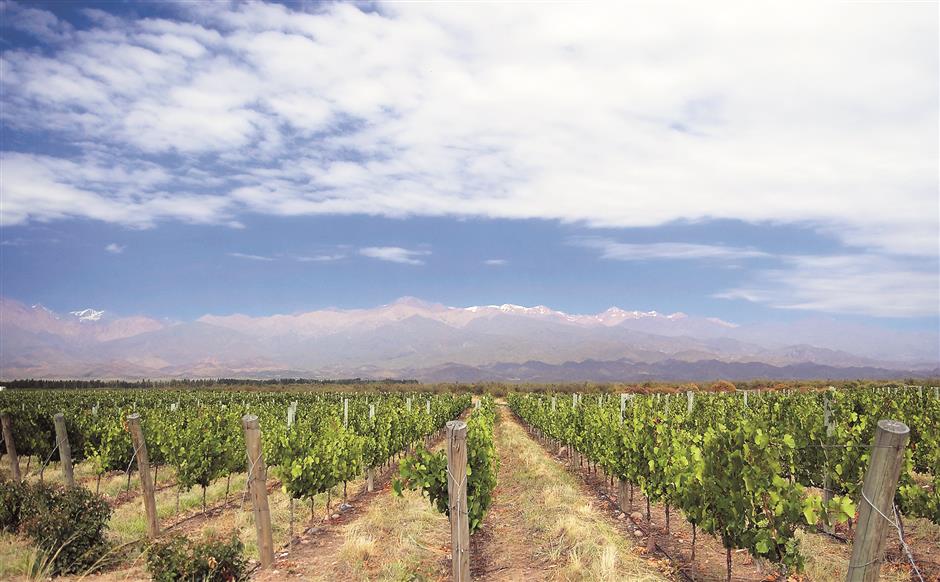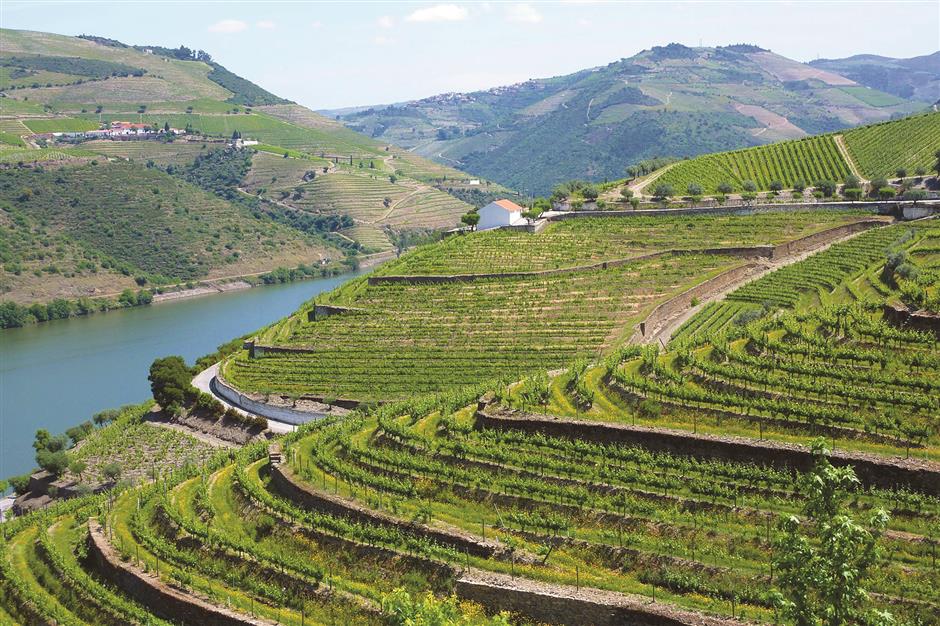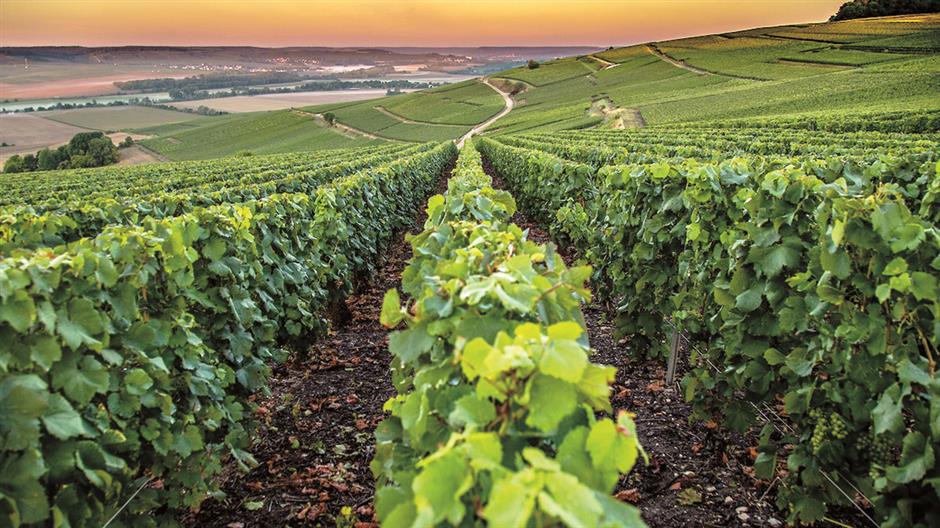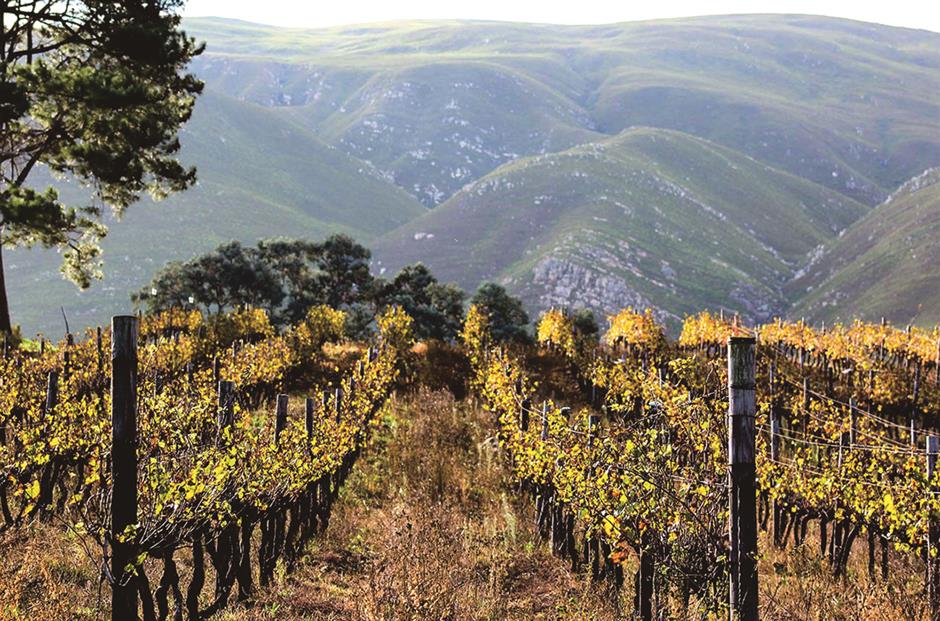Summary
This week’s iDEAL feature story introduces the delectable eatables mentioned in the Chinese classic “Journey to the West,” which is considered one of the four great classical novels of Chinese literature, and attributed to the 16th century Ming Dynasty poet and writer Wu Cheng’en. Wu chronicles the voyages of Tang Dynasty monk Xuanzang who journeys to India and Central Asia. Featured in these episodic adventures are several food items including peaches. Honoring this classic work, this week I gladly delve into wines that exhibit peach-like sensations.
Many of the world’s most beloved sparklers and white wines exude essences of peaches. Last year, I wrote on the peachy qualities of the Muscat grape and in particular the Muscato d’Asti sparkling wines from Piedmont, Italy. Gewurztraminer, Chenin Blanc and Pinot Gris wines also commonly offer sensations of peaches. Yet, there’s another underappreciated variety renowned for peach aromas and flavors.
Viognier
If you’ve never heard of the Viognier variety, fret not, you’re not alone. Many modern-day lovers of white wines who are comfortable having the words Chardonnay, Sauvignon Blanc and Pinot Grigio role off their tongues are alien to the Viognier grape. As a consequence, this would-be-queen of white varieties is still mostly exiled to the narrower world of wine experts.
The Viognier grape is an ancient variety of mysterious origins. One popular hypothesis is that the grape originated in Dalmatia, in present day Croatia, and was brought to the Rhone Valley by the Romans when they invaded Gaul two millennium ago.
Centuries ago Viognier was once fairly common but the late 19th century phylloxera epidemic, advent of more popular grapes as well as the notorious difficult and late ripening nature of the grape colluded to cause a decline. Over the succeeding century, and by the early to mid 1960s, the grape nearly disappeared with a reported 10 hectares remaining in northern Rhone. In the mid-1980s wine writers started to advocate this down and almost out variety as an alternative to more popular varieties. A slow rebound had begun.
By the 1990s, progressive winemakers in the New World started embracing Viognier. Despite this, because it’s a hard to cultivate grape with somewhat quirky qualities, Viognier will most likely never become a mainstream variety like Chardonnay or Sauvignon Blanc, but for wine enthusiasts it offers a wonderfully inimitable alternative.
Technically, Viognier wines are dry, full-bodied, aromatic and moderate in acidity. Viognier wines typically offer complex and aromas of white blossom, jasmine and honeysuckle with apricots, nectarines and, of course, peaches. On the palate, Viognier wines tend to have a weighty yet soft, velvety texture that some describe as oily and a crispy mouth-puckering finish. Popular Viognier descriptors used by wine critics to describe the wines are sexy, seductive, flirtatious and voluptuous.
The most famous Viognier wines come from the Rhone Valley, its spiritual home. The best wines come from northern Rhone, especially the 100 percent Viognier wines of the small appellation of Condrieu. Some vineyards have vines 70 years or older. Top Condrieu wines are beautifully complex and age-worthy with vibrant sensations of peach, white flower, orange blossom and wild flowers. More affordable and good Viogniers are being made in the southern French region of Languedoc. France may claim the variety as its own, but increasingly the New World is making high-quality Viognier wines.
California, Oregon, Washington State, many regions in Australia and New Zealand all make notable Viognier wines; but for the best value, look to Argentina. Mendoza is Argentina’s largest region and rightfully famous for its exceptional Malbec wines, but I’ve tasted a number of excellent Viognier wines from this region. Mendoza is an elevated plateau that borders the Andes Mountains. The elevation provides an ideal combination of abundant daytime sunshine to ripen the grapes and cool evenings that contribute greater complexity and elegance to the wines. This unique climate results in the balance, with good fruitiness and freshness,
Some recommended Mendoza producers with wines in Shanghai are Sottano, Santa Anna, Callia, Finca Agostino and Tapiz. The Montes Viognier from the high altitude northern San Juan region is also an excellent wine. Because they are usually weighty and complex, Viogniers pair well with rich seafood dishes featuring crab, lobster and scallops as well as with meat dishes like roast chicken, pork belly and veal. I also love matching these wines with Chinese dishes. Since Viognier pairs equally well with meats and seafood, they are appropriate for mixed-dish Chinese feasts where dishes of different ingredients and cooking techniques are served simultaneously. These wines also make fine companions to spicy Sichuan and Hunan dishes as they aren’t easily over-powered by spices and their smooth weightiness helps assuage the palate.
Viognier wines, with some notable exceptions from Condrieu, are mostly meant to be enjoyed young while they retain their vibrancy.
I recommend sticking to wines 5 years or younger and serve the wines approximately at 8-10 Celsius.





